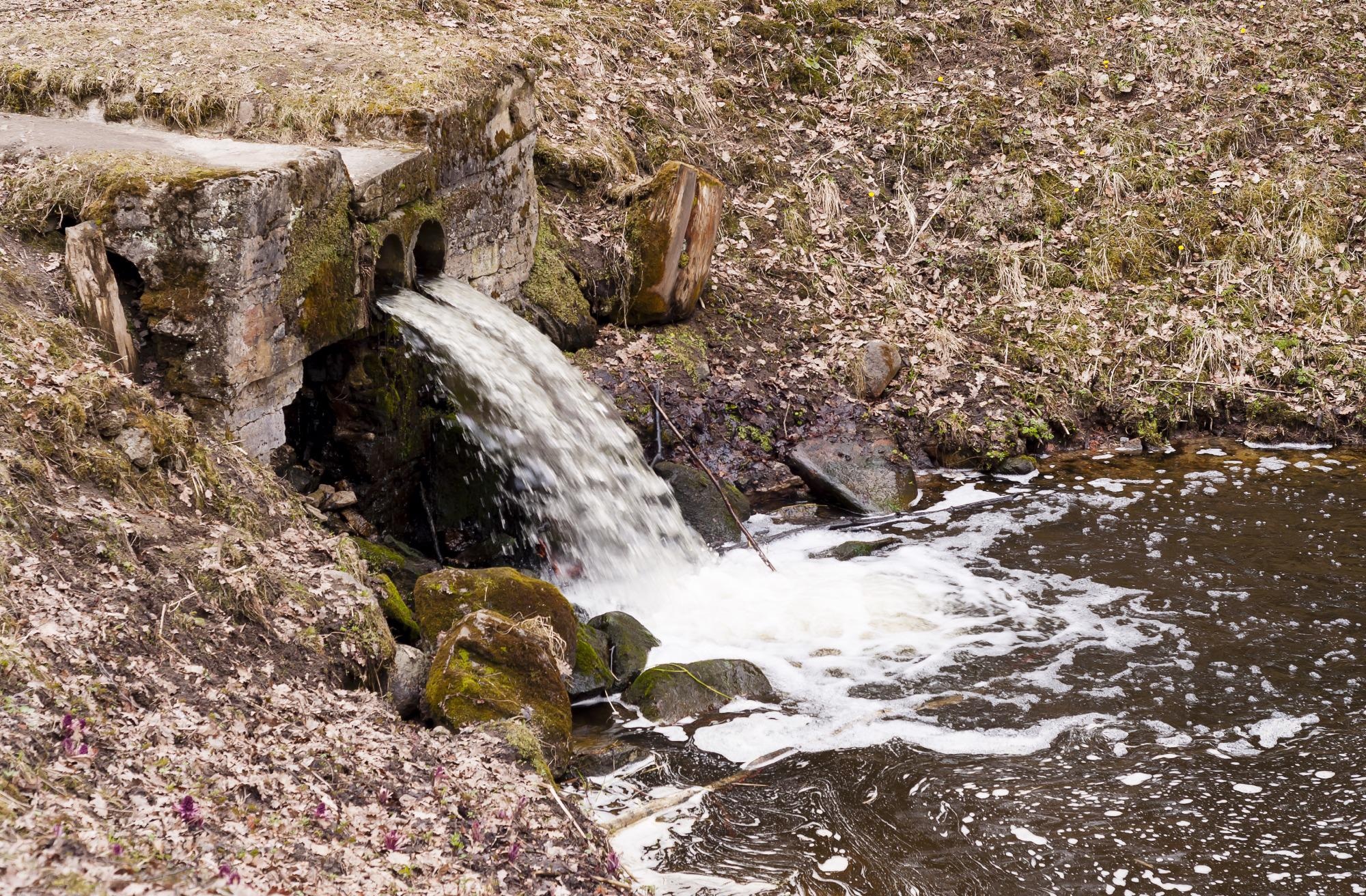
Image Credit: Shutterstock.com / Lizmyosotis
A new report suggests using AI to better identify untreated sewage leaks and protect rivers and waterways from severe environmental damage.
UK Researchers have used AI and machine learning to track sewage spills into rivers finding almost 1,000 dark discharges — unidentified spills — over the past 11 years. These spills originated from just two treatment plants.
The team, led by Peter Hammond from the UK Centre for Ecology & Hydrology (UKCEH), used AI to highlight how untreated sewage spilled into rivers is a major and often underreported problem. The technique developed by the team could be an important tool in future waste spill identification.
The monitoring and regulating of discharges of wastewater pollution in water bodies in England is the responsibility of the UK Environment Agency (EA). They say that they are impressed with the results the team obtained by applying machine learning. The body adds that they, "welcome any tool that prevents pollution."
The team has not identified the two treatment plants — nor the water companies that operate them — that were studied for their paper, published in the latest edition of the journal NPJ Clean Water¹.
Spills and Dark Discharges
Hammond's team obtained their results from data analysis from the two plants collected between 2009 and 2018. The AI found 926 dark discharges, 360 of which leaked sewage into rivers for a full 24 hours, sometimes for uninterrupted periods as long as 10 days.
One of the spills identified by the AI, which had been reported by the general public and was not, therefore, a dark discharge, continued for 60 days. This particular spill resulted in 'sewage fungus' — a mass of filamentous bacteria that feeds on organic waste like feces in the water that depletes oxygen in waterways and, in extreme cases, can result in bodies of water being unable to support life.
A full day of an uninterrupted flow of untreated sewage into a river poses potential environmental harm that shouldn't be underestimated as it represents the concentrated sewage at maximum flow.
In the paper, the authors add that when this flow goes on to be uninterrupted for several days, it means that the river and larger body of water that receives the flow have little respite or opportunity to recover.
While spill and overflows are allowed during exceptional circumstances, such as during extreme rainfall, storm tanks at treating plants are overwhelmed and begin to overflow into rivers and waterways.
Unfortunately, many of the spills that the machine learning algorithm highlighted occurred at times of average rainfall. This seems to confirm many environmental researchers' worries that sewage spills are a critically underreported phenomenon and are therefore far more frequently than current figures suggest.
The AI Sewage Spill Spotter
The technology employed by the team to spot sewage spills in data has already proved itself with very different tasks. Hammond points out that the program was initially designed to trace genetics.
Hammond was using the AI to spot subtle signs in children's facial features that could indicate different genetic conditions. The current application may seem radically different, but it works similarly . Instead of constructing a 3D model of a child's face, the AI builds a flow model through a sewage treatment plant.
The program spots repeating patterns in data — or in this case the 3D models — and as it spots more and more patterns, machine learning means it gains experience using the algorithm to improve its ability to identify them. This allows the AI to use pattern recognition methods in very similar ways in these very distinct and different applications. In the case of sewage spills, the AI can spot such leaks because the shape of the flow passing through a wastewater plant is different when it is working optimally, as to when it is spilling untreated sewage.
The team's aim for this new AI approach was to provide a tool for better spill detection and hopefully an end to the underreporting of the problem, bolstering the identification of a significant environmental issue that currently relies on the general public to spot and report.
Not only could this help water companies identify which plants aren't functioning optimally, but it could also assist the EA spot where and when pollution rules are being broken.
Reference
1. Hammond. P., Suttie. M., Lewis. V. T., Smith. A. P., Singer. A. C., [2019], 'Detection of untreated sewage discharges to watercourses using machine learning,' NPJ Clean Water, [https://doi.org/10.1038/s41545-021-00108-3]
Disclaimer: The views expressed here are those of the author expressed in their private capacity and do not necessarily represent the views of AZoM.com Limited T/A AZoNetwork the owner and operator of this website. This disclaimer forms part of the Terms and conditions of use of this website.